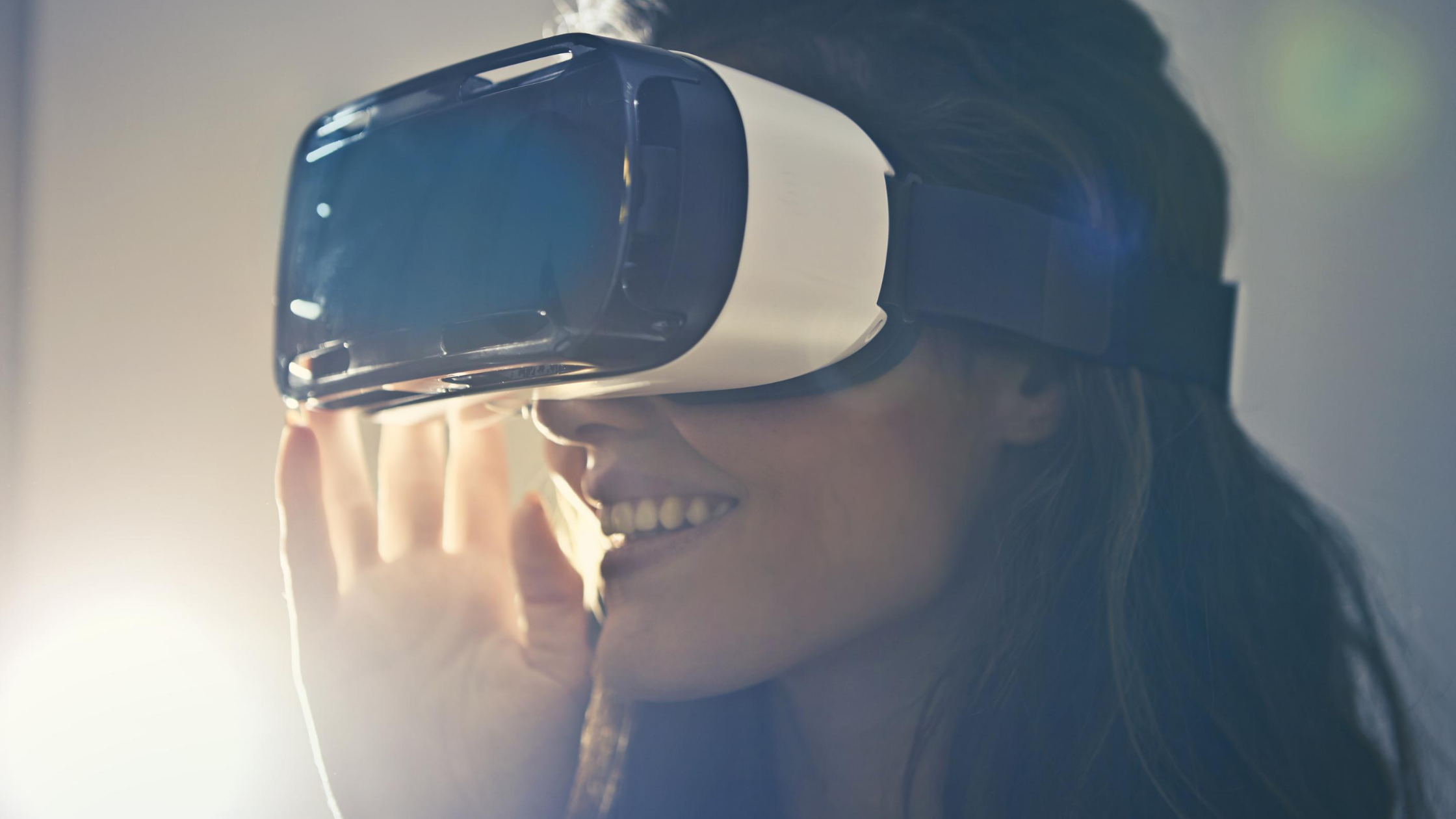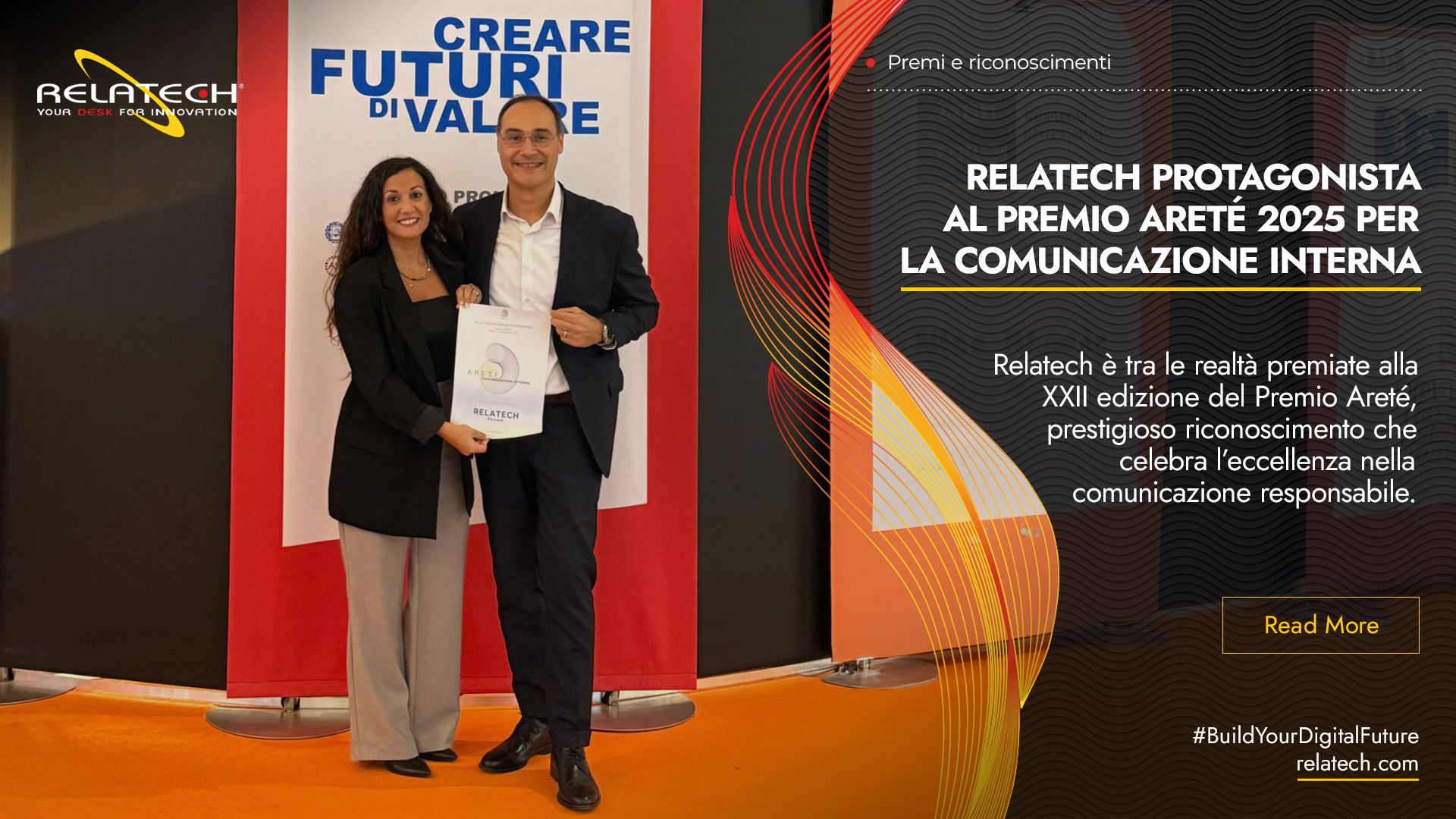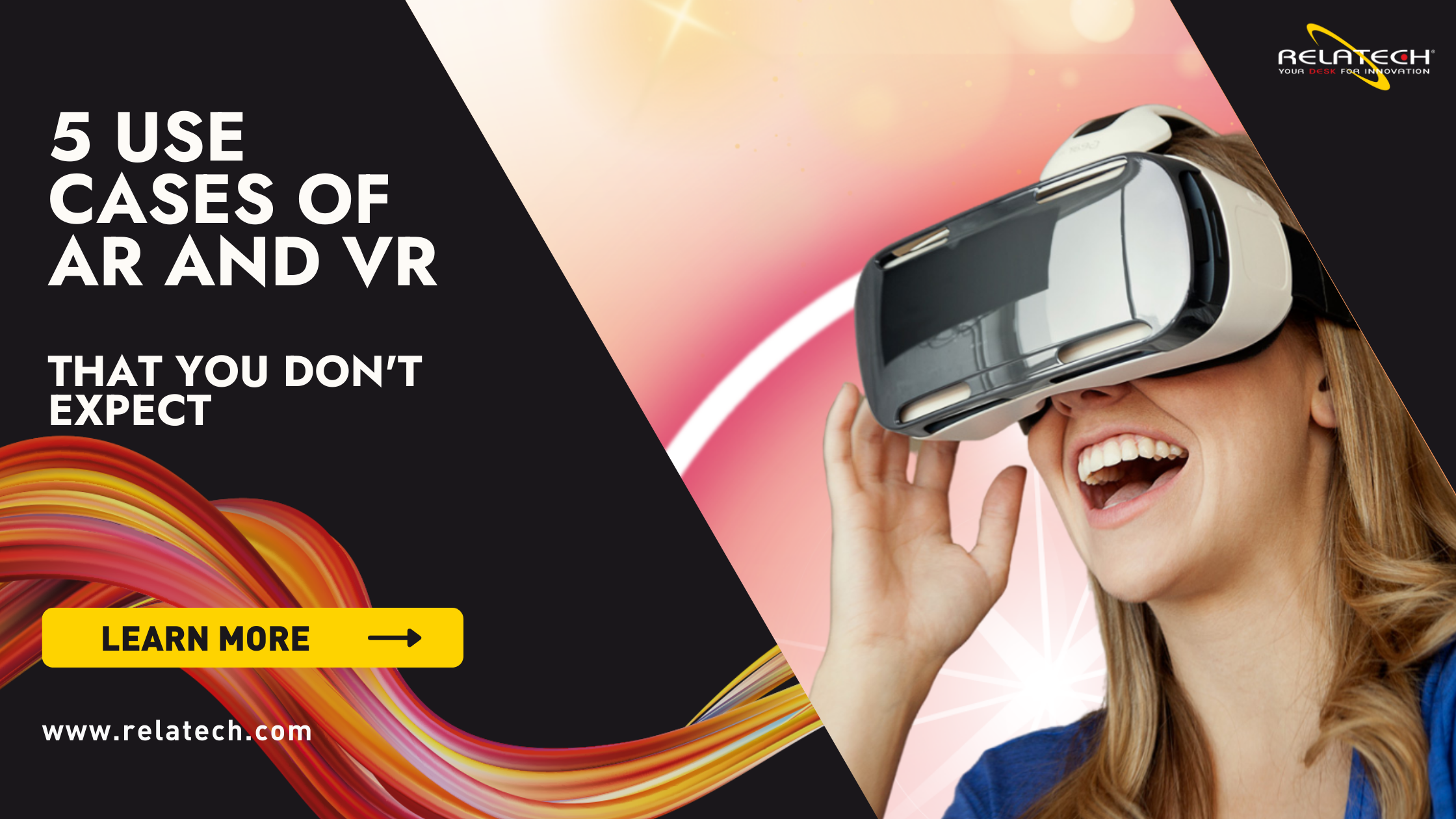Proximity marketing: how to really know the customer

Proximity marketing today has reached such maturity as to represent the last frontier of modern marketing to know the customer in well-defined spaces. It makes use of a set of sensors, thanks to which it is possible to detect and analyze consumer behavior (customer behavior), which move in a store or at any point of sale.
Its timeliness derives from the combination of habits and mobility, which increasingly characterizes the customer, and the new physical contexts in which the customer journey takes place, rethought to integrate with online purchasing paths. This trend is confirmed by the results of the latest research by the Digital Innovation Observatory for Retail promoted by the School of Management of the Politecnico di Milano. Precisely because Retail is one of the most “sensitive” areas to proximity marketing dynamics, the evidence that in Italy among the top 300 retailers (by turnover and with physical stores) and the 200 medium-small ones of the sample examined, the main innovations are especially to support the customer experience in the store. It is an indicator of how proximity marketing is becoming increasingly central to strategic corporate policies.
The main technologies of proximity marketing
Proximity marketing uses different technologies for locating and tracking customer movements. In particular, it uses Wi-Fi, Beacon, Bluetooth and video cameras. Usually the survey takes place in two ways: anonymous and opt-in.
In the first, the sensors detect users' devices, or a video camera scans the face and the physical characteristics of those traveling through a specific department. This information can be used, in that context or subsequently, through a call to action tailored to the type of user.
In the second mode, since the person's consent to receive informational and commercial communications was previously shown, for example by downloading a related app, specific push notifications can be sent based on your preferences.
In both cases the intent to which proximity marketing aspires is not to invade the customer's privacy, but to offer something that suits to their preferences, which is derived from the recording and analysis of the behavior that emerged every time it has entered the range of action of a store's sensors.
Proximity marketing enhanced by cloud-based systems
To really get to know the customer "in the store", it is obviously not enough to place detection systems inside the store. Data collection would remain an end in itself without a tool capable of providing a quick and comprehensive reading of customer behavior. For this reason, proximity marketing in general combines peripheral devices with an architecture capable of transforming enormous amounts of data into a highly personalized framework. Given the size and the heterogeneity of the Big Data to be systematized, these architectures increasingly resort to the computational power of the cloud to then return detailed analytical trends using special dashboards. Moreover, in the light of a consumer who is now at ease between online and offline, being able to follow him, both when he is in a department and when he makes a purchase on the Internet, helps to define a really deep knowledge.
From indoor to outdoor, knowledge with AI and machine learning
The last element that can make proximity marketing a formidable lever for loyalty and customer engagement is the use of artificial intelligence (AI) and machine learning algorithms. In fact, thanks to the cloud-based system and its ability to extrapolate value from what has been collected with the sensors, the generation of suggestions can take place automatically with the help of machine learning. The latter operates on two fronts: creation of push messages, for example in upselling and cross selling, the result of the set of behaviors recorded overall; predictive analysis that can guide tactical marketing actions (placing products on the shelves by adopting certain criteria, defining paths in the store that take into account the purchasing history, etc.) and strategic (social campaigns, mobile advertising, etc.).
Ultimately, proximity marketing, thanks to artificial intelligence, arises near the customer, but develops not only indoors, but also outdoors, outside the physical boundaries in which the interaction between brand and customer takes place.













